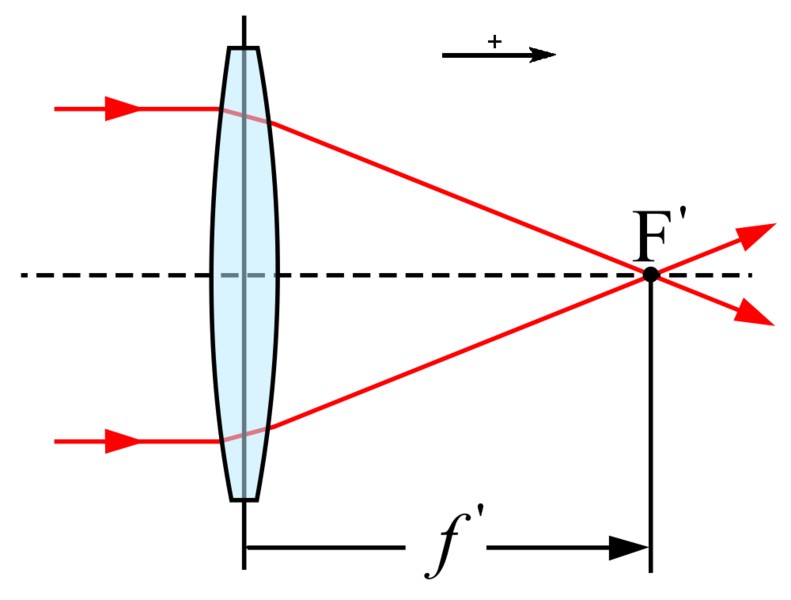Affiliate links on Android Authority may earn us a commission. Learn more.
What is focal length in photography? All your questions answered
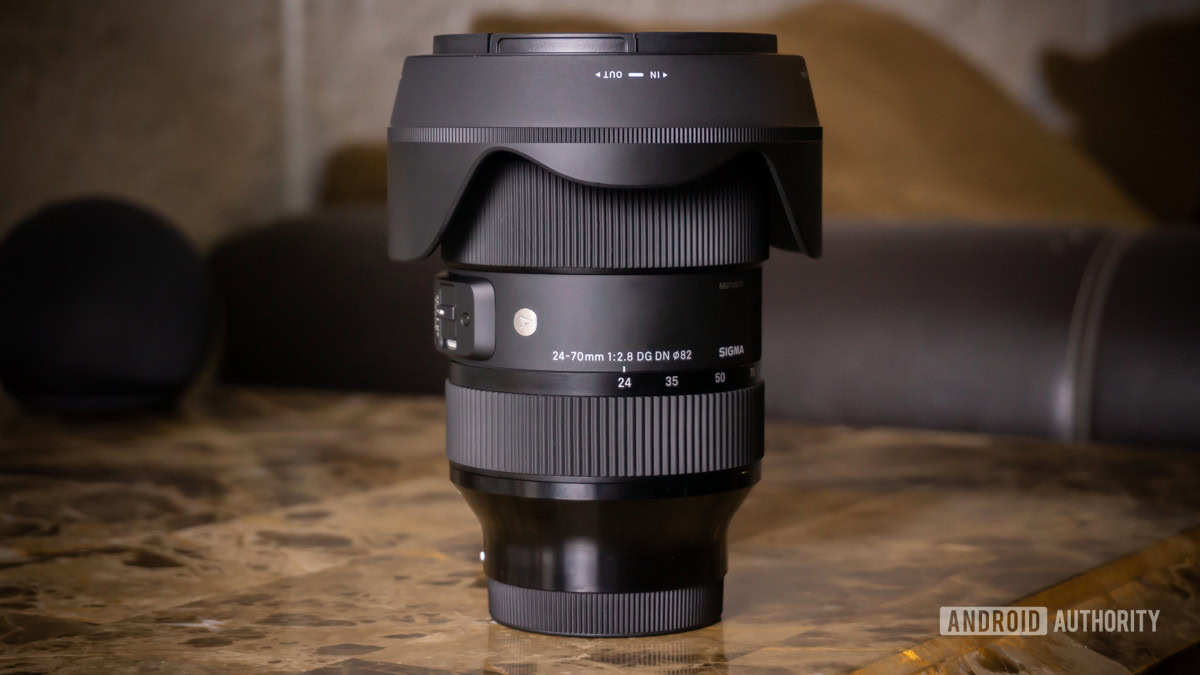
Photography is full of fancy terms and complicated science, but we are here to explain it all to you in simpler terms. Today we are focusing on focal length. This term gets thrown around often, especially when looking at lenses, so you must get familiarized with it.
What is focal length?
Put simply, focal length is the distance between a camera sensor (or film) and a lens’s point of convergence.
The hardest part is understanding what the point of convergence (also known as optical center) is. When light rays enter a lens, they travel through glass and bend to converge in a single point. This point is where light data is collected to form a sharp image for the sensor to record. Manufacturers measure the focal length focused to infinity to keep a standard.
Focal length is measured in millimeters. A 50mm lens will have a point of convergence of 50mm (or 5cm) from the sensor. In the graph above, the point of convergence is marked with “F’,” while the focal length is noted “ƒ.”
How to pick the right focal length
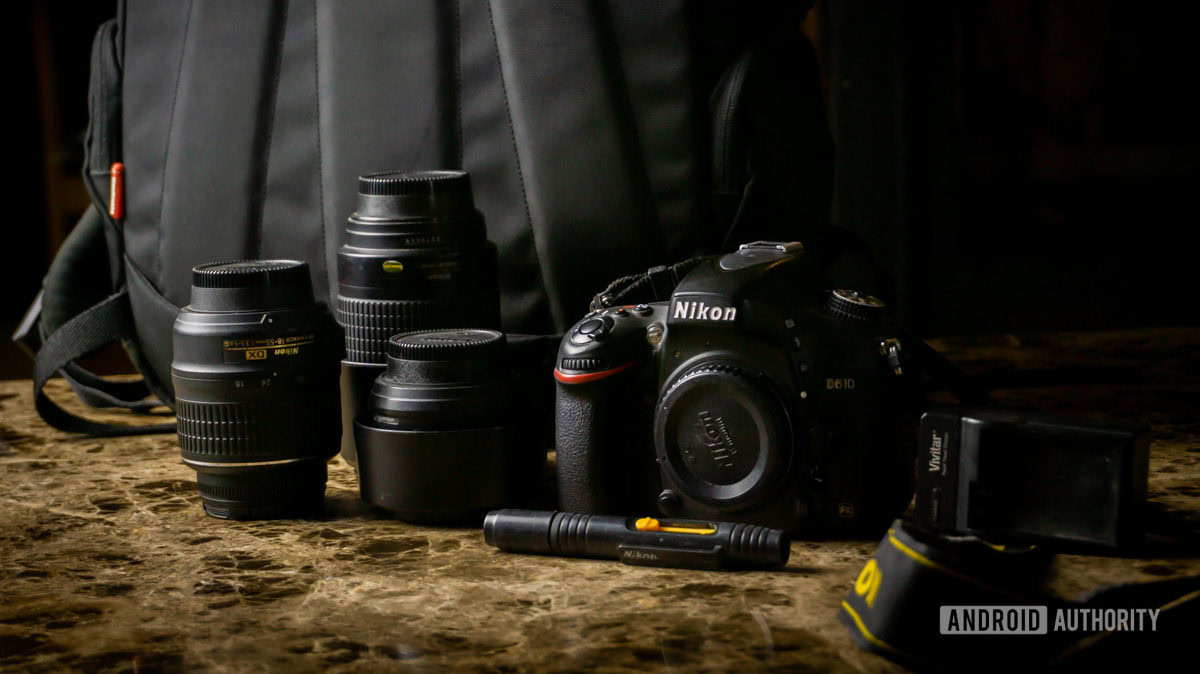
We can sit here and explain the different elements of a lens and all the science behind glass, but ultimately what matters is how focal length affects your ability to shoot an image. It is vital when trying to pick which lens to use or buy.
Focal length determines how “zoomed in” you are.Edgar Cervantes
A lower focal length will make your subject appear smaller, while a higher one will enlarge them. To put it simply, this factor determines how “zoomed in” you are. A lower focal length will have a wider field of view, which means you can shoot more at once. On the contrary, a higher one will zoom the photo in and close down your field of view. You should pick a shorter focal length to shoot a landscape photo and a longer one to focus on a tree in the distance.
Types of lenses:
- Ultra wide-angle: 24mm and lower
- Wide-angle: 24-35mm
- Standard: 35-85mm
- Telephoto: 85mm and above
Also read: The best DSLR lenses you should consider
How it affects bokeh
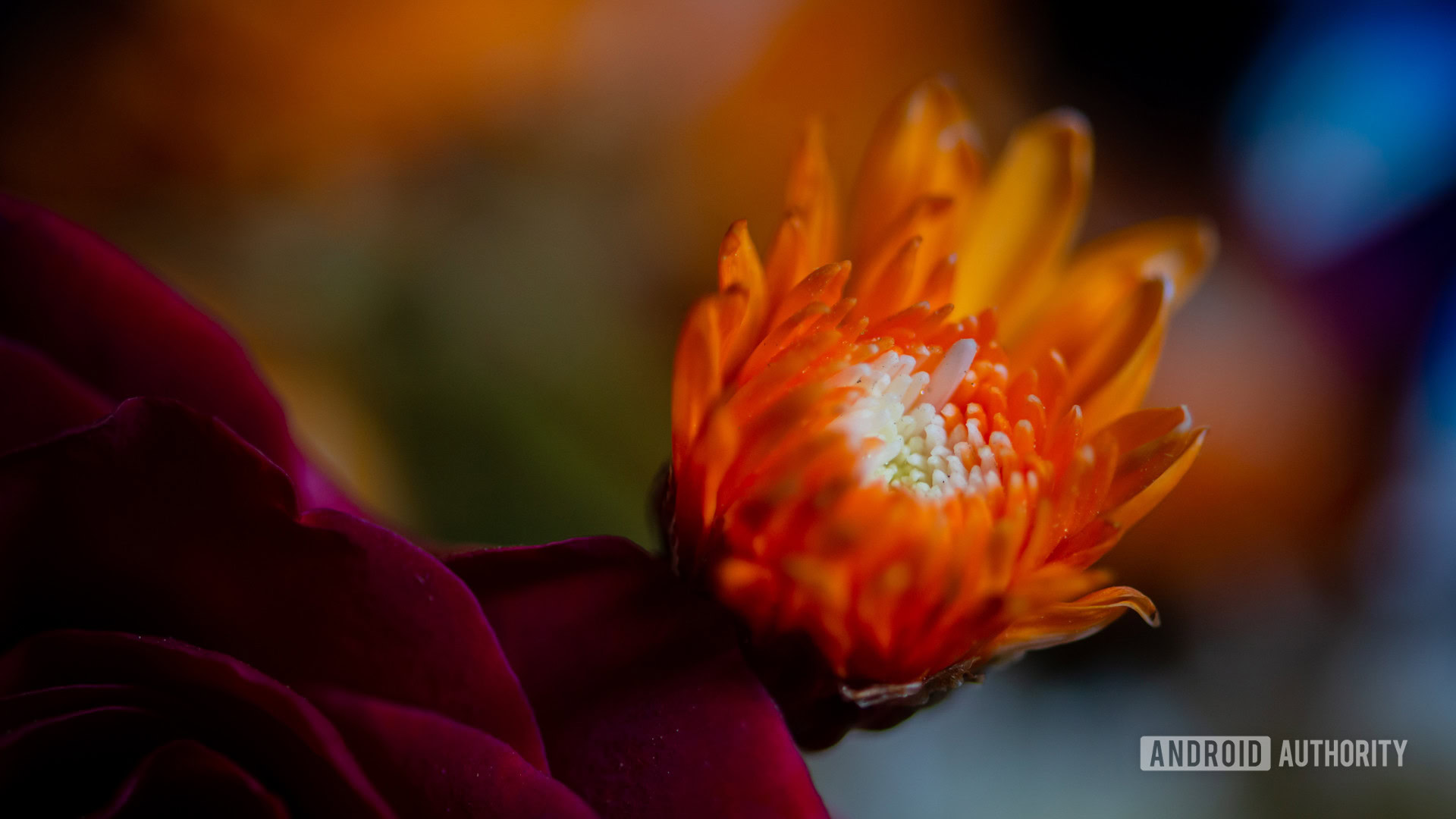
You have seen those lovely photos with the subject in focus and blurry backgrounds. That blurred-out effect is what we know as bokeh, and is a result of a shallow depth of field. Most thank aperture for this, but a longer focal length will also reduce the depth of field and isolate your subject with gorgeous bokeh.
Most thank aperture for bokeh, but focal length is just as important. Edgar Cervantes
Crop sensor equivalent
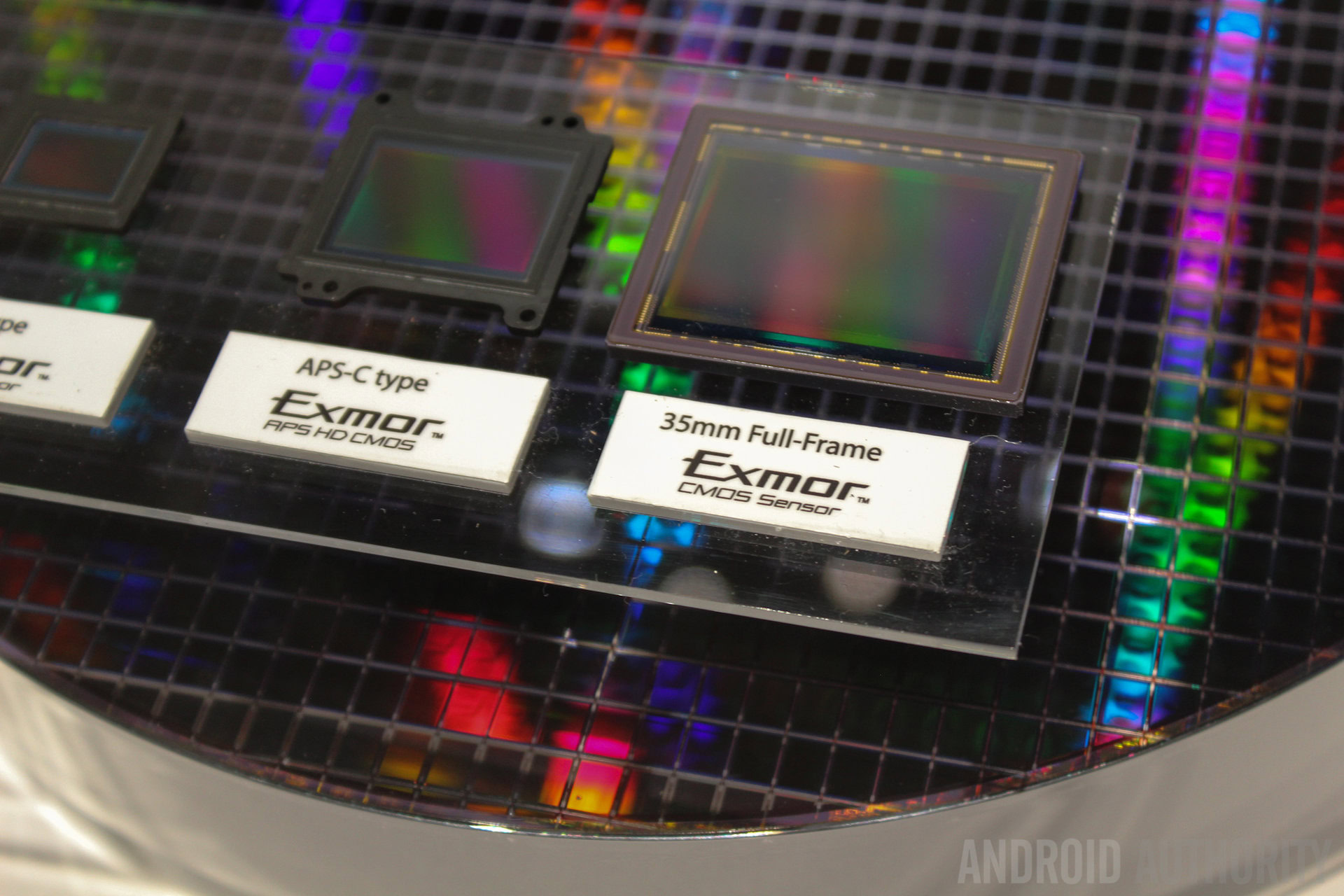
As per the definition above, focal length stays the same regardless of the size of the sensor. What does change is how the image will look. A full-frame sensor measures 35mm, a standard taken from the size of film. Anything below 35mm is considered a “crop sensor.” A smaller sensor will record a smaller image, which essentially makes a photo look more zoomed in.
For example, an APS-C sensor has a crop factor of about 1.6x. This means that a 50mm lens on a crop sensor camera will look like an 80mm lens on a full-frame camera.
To calculate focal length equivalents, you first have to figure out your sensor’s crop factor. You can do this by dividing a full-frame sensor’s diagonal length (43.27) by your sensor’s diagonal length. You can then multiply the crop factor by the focal length to get the crop sensor equivalent.
Understanding this concept and its effects on photographs will be crucial in your photography advancement. This post should be enough to start, but remember, photography is all about getting hands-on. Go experiment! Then come back and check out more of our photography educational content. We have plenty of information, tips, and tutorials for you! Check out some of them below.
